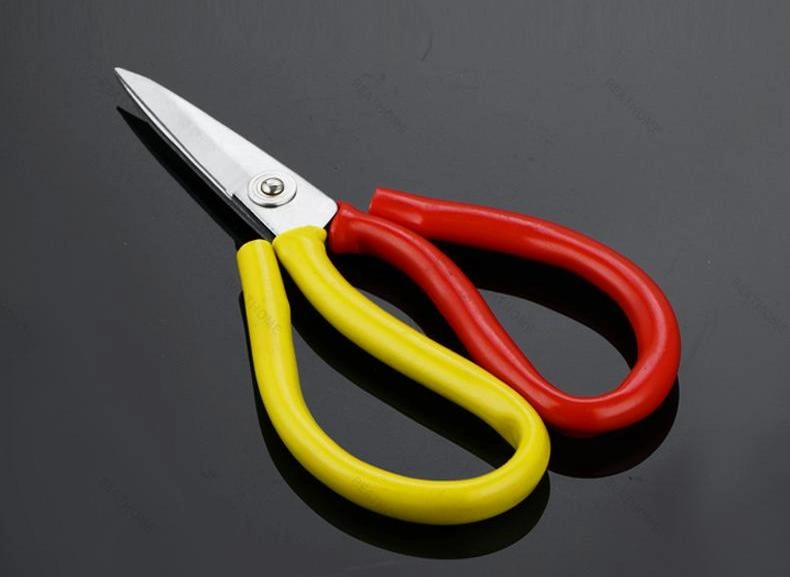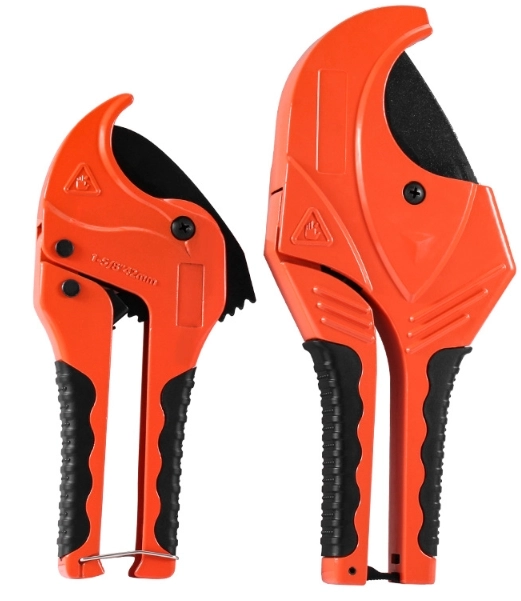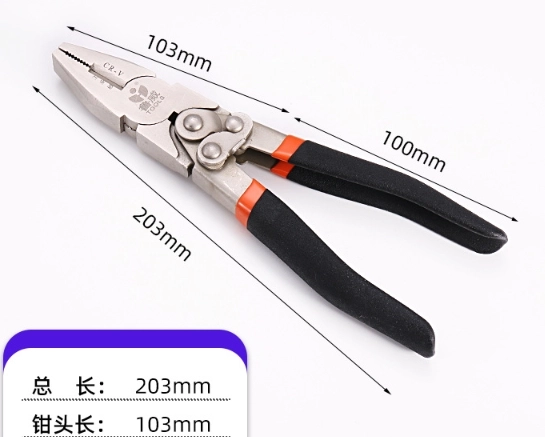"Tracing the Evolution of Scissors: A Historical Overview"
Feb 19,2025

The humble scissors, a tool so ubiquitous in our daily lives, have a rich history that dates back thousands of years. From their primitive origins to the sophisticated designs we see today, scissors have undergone significant transformations. This article aims to explore the evolution of scissors, tracing their development through various cultures and technological advancements.
The earliest known scissors can be traced back to ancient Egypt around 1500 B.C. These early scissors were made from a single piece of metal, resembling a pair of blades with a pivot point. Unlike modern scissors, they were not designed for cutting paper but were primarily used for cutting hair and textiles. The Egyptians recognized the importance of scissors in daily life, as they were essential for grooming and fabric production. This early form of scissors laid the groundwork for future innovations.
As time progressed, the Greeks and Romans made significant contributions to the design and functionality of scissors. The Greeks developed a more refined version, introducing a spring mechanism that allowed the blades to open and close more easily. This design was pivotal, as it increased the efficiency of the tool, making it more user-friendly. The Romans, on the other hand, created scissors from bronze, which provided greater durability compared to their predecessors. They also popularized the use of scissors in various aspects of daily life, including crafting and sewing.
During the Middle Ages, scissors began to evolve further as metalworking techniques improved. Scissors were often made with intricate designs, showcasing the craftsmanship of the artisans. The pivot point became more pronounced, allowing for better control and precision. These scissors were often used by tailors and seamstresses, emphasizing their role in the textile industry. Additionally, during this period, scissors became symbols of status and wealth, as finely crafted tools were often adorned with decorative elements.
The Renaissance marked a significant turning point in the history of scissors. With the revival of arts and sciences, there was a renewed interest in innovation and design. Scissors became more specialized, with different types emerging for various purposes. For instance, embroidery scissors were designed with pointed tips for intricate work, while larger shears were created for cutting fabric. This period also saw the rise of mass production techniques, which made scissors more accessible to the general public.
The Industrial Revolution in the 18th and 19th centuries brought about profound changes in the manufacturing of scissors. With the advent of machinery, scissors could be produced on a larger scale, leading to reduced costs and increased availability. Factories began to emerge, specializing in the production of scissors, which contributed to the standardization of designs. This era also saw the introduction of safety scissors, designed specifically for children, featuring rounded tips to prevent accidental injuries.
As the 20th century progressed, scissors continued to evolve with advancements in materials and technology. The introduction of stainless steel revolutionized the industry, providing scissors with enhanced durability and resistance to rust. Additionally, ergonomic designs began to emerge, focusing on user comfort and reducing strain during prolonged use. Scissors became available in various shapes and sizes, catering to a wide range of tasks, from crafting to culinary arts.
In recent years, the advent of specialized scissors has transformed the market even further. Today, we have scissors designed for specific tasks, such as pinking shears for zigzag cutting, fabric shears for precise fabric cuts, and kitchen shears for culinary purposes. The development of innovative materials, such as titanium-coated blades, has also improved cutting performance and longevity.
Moreover, the digital age has introduced new possibilities for scissors design. 3D printing technology allows for the customization of scissors, enabling users to create tools tailored to their specific needs. This shift towards personalization reflects a broader trend in consumer preferences, where individuality and functionality go hand in hand.
In conclusion, the evolution of scissors is a fascinating journey that reflects the advancements in technology, craftsmanship, and user needs throughout history. From their origins in ancient Egypt to the specialized tools of today, scissors have continually adapted to meet the demands of society. As we look to the future, it is likely that scissors will continue to evolve, incorporating new materials and designs that enhance their functionality and usability. Whether for crafting, sewing, or culinary tasks, scissors remain an essential tool, a testament to human ingenuity and creativity.
Hot Tags:
PREVIOUS:
Related News

WhatsApp:
E-mail:
ADD:
Room 501, Building 2, Biquan Industrial Park, Cangshan District, Fuzhou
Follow Us

Online Consultation
Copyright © Fujian Yunsun International Trading Co., Ltd., All rights reserved


